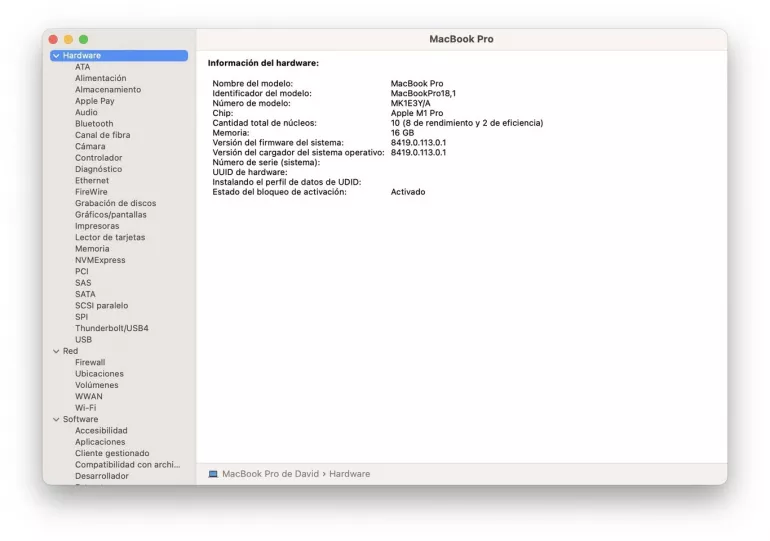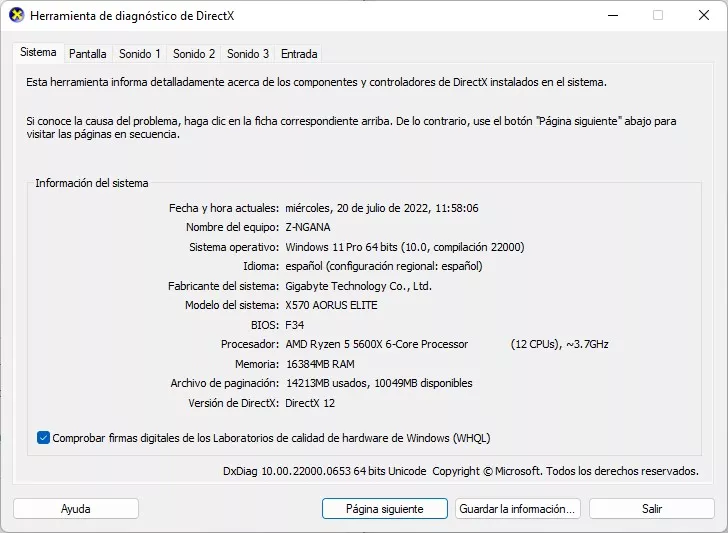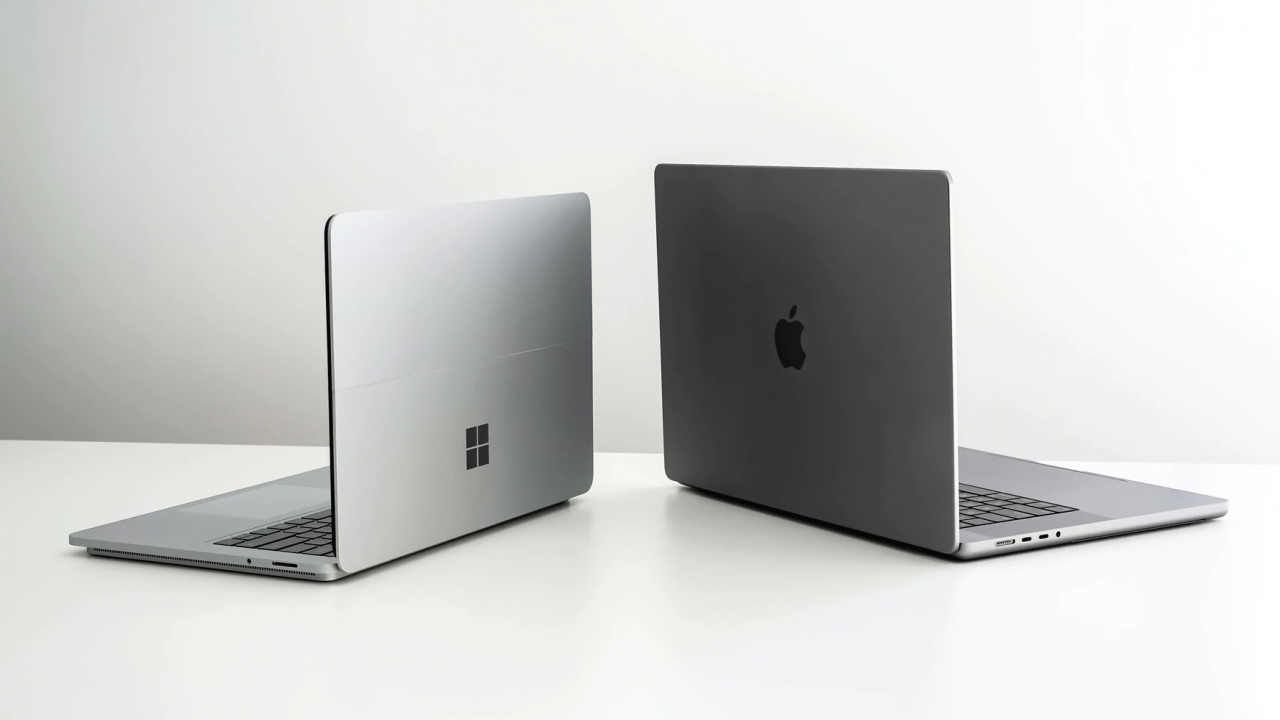How to know the technical specifications of your PC or Mac: processor, RAM, graphics…
Explore two apps that will let you find everything you need to know about your computer’s hardware.

If you are looking for any hardware information about your computer, whether it’s a PC or a Mac, you should be clear on how to find it, because both systems have applications that give detailed information about their processor, RAM, what graphics they have installed, their BIOS. (in case of PC), etc. The idea is that you can access all of this whenever you want. resolve a doubt about the requirementsanytime you have a problem and want to know what drivers are installed bragging about computer on reddit…
Fortunately, the tools we’re talking about are standard in operating systems, so you don’t need to download anything to use them. When it comes to Mac, there is only one way to find this data, but On PC yes there are more methods. We will focus on only one, which is the most comfortable and clearest to see.

How to view your Mac’s specifications
The name of the vehicle you are interested in “System information” and is quickly found in the “Applications” folder or Launchpad. Another option Hold down the Option key and click “System Information”.
There you can see different information depending on what your Mac is hiding (If you have an Apple or Intel processor, wow). On the left are storage, audio details, RAM you have etc. You can see each part of the components such as, on the right you will see all the detailed information: for example the amount of RAM and its frequency; or also storage capacity you can trust your drives.

How can you see the specs on your PC?
Windows also has a tool called “System Information”, and although there’s no shortage of data to offer, it’s always in the end. DirectX Diagnostic ToolIn addition to seeing technical information about the equipment, we can also generate reports that we can send later if we want to solve problems over the Internet.
To open this tool, simply type “dxdiag” into the Windows Start bar. or by pressing Win+R and typing directly. With the window already open, you will see several tabs. The system will show you details such as processor, RAM memory, BIOS, motherboard chipset, mounter. the version of Windows you have, etc. If you go to “Display” you will see everything about your graphics card, both its name and manufacturer, graphics memory it has or display details.
If you look at the bottom right there is a button that says “Save info…”. If you do, you can export all data to a plain text file. Such files are well suited for sharing your system data with third parties when needed or technical services of component or peripheral manufacturersFor example.
picture | Jeremy Bezanger
Source: 3D Juegos

